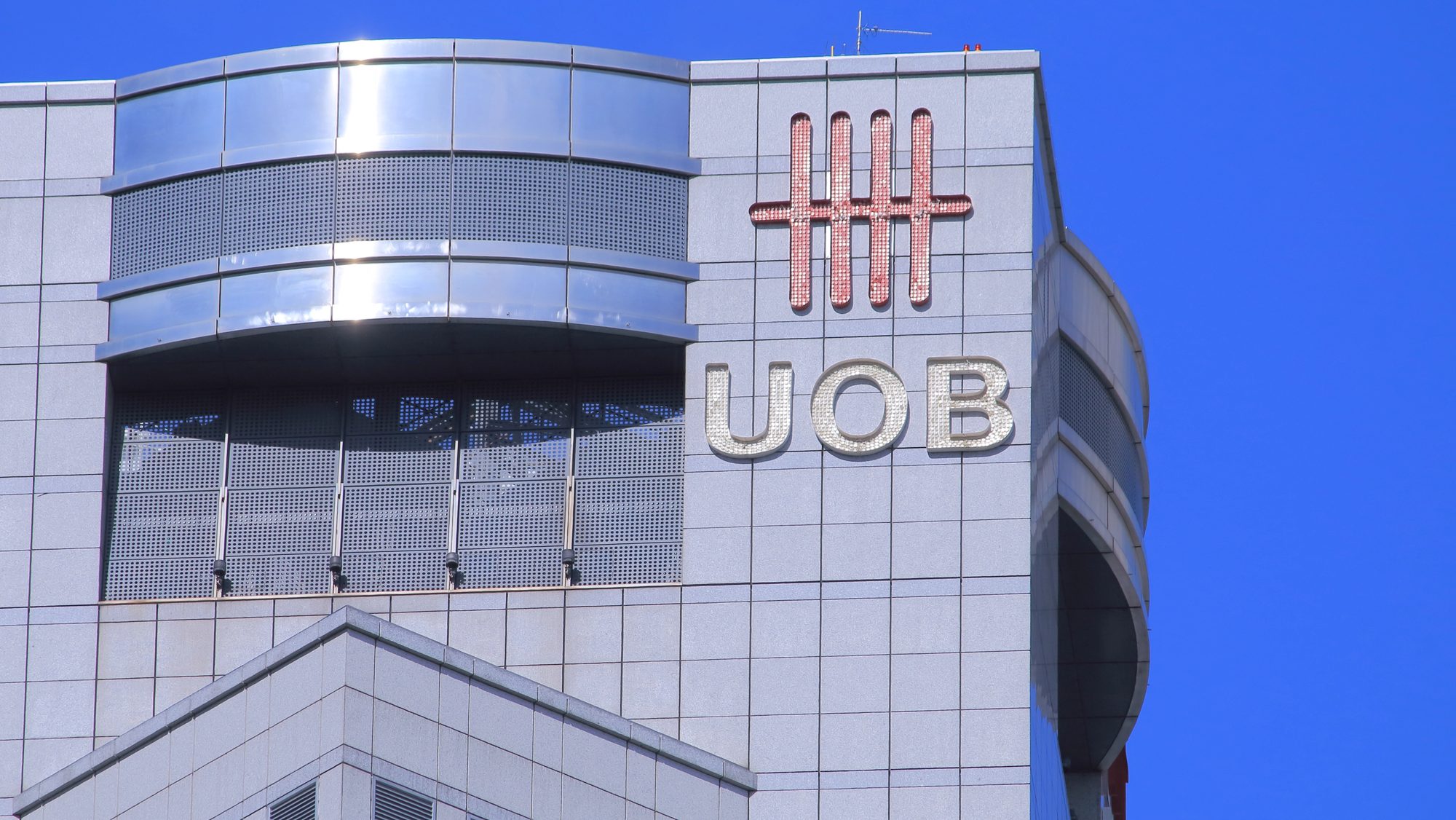SINGAPORE: United Overseas Bank (UOB) aims to take control of trade financing in Southeast Asia, taking advantage of the region’s appeal as a beneficiary, resulting from a widening chasm between the United States and China.
UOB is Singapore’s third-largest lender by assets, and the bank serves thousands of small and medium enterprises (SMEs) and corporate giants. It is now trying to capture a chunk of the US$2 trillion trade that flows into the region.
According to a South China Morning Post report, UOB group head of wholesale banking and markets, Frederick Chin, said:
“The bright spot will be in ASEAN for the next few years. We are already the number one trade bank in ASEAN, and I want to invest [our resources] to dominate this region.”
SEA benefits from the economic fallout from Washington-Beijing tensions; because of this, the region’s top economies attracted more foreign direct investment than China for the first time in more than 10 years in 2023.
UOB’s global wholesale banking offers a suite of products, including loans, trade services, cash management, and advisory services. The segment produced a record income of S$7.1 billion in 2023.
Despite its huge regional presence, the bank only commanded one per cent of the market with around US$22 billion in trade assets in 2023.
“Nobody dominates this space. That is why I want to invest heavily. Five per cent by 2026 is my initial target,” said Chin, who was speaking in an interview in Ho Chi Minh city last week.
The bank will prioritize sizeable regional corporate clients, and when it comes to multinationals, UOB hopes to position itself as a regional service bank. Chin said that SME suppliers will also be their focus to build a closed-loop business ecosystem.
He said that the bank would focus on sectoral trends, namely Malaysia’s semiconductor sector, Indonesia’s mining and renewables, Thailand’s automotive and other high-value sectors and Vietnam’s electronics and textile sectors.
“Our strategy for future growth is all about connectivity. We aim to do well to capture foreign direct investment. When companies build factories, we finance them. And from there, we can capture the goods and subsequent trade flows.”
Featured image: Depositphotos

